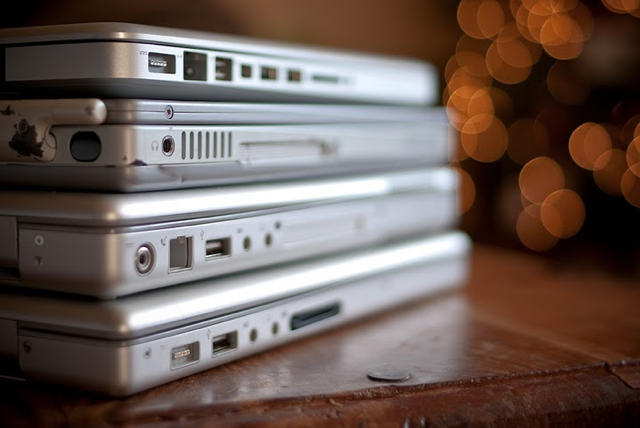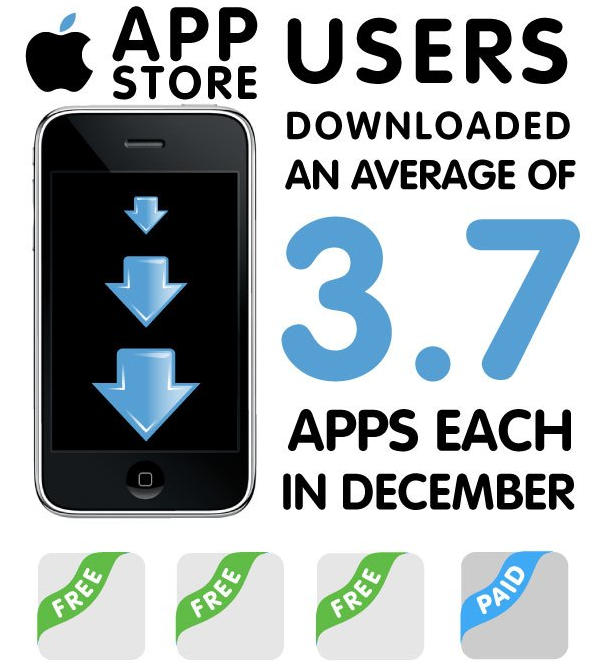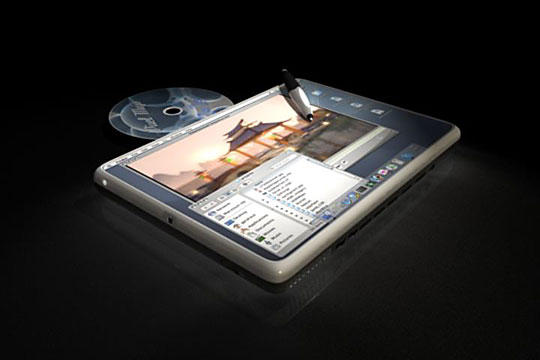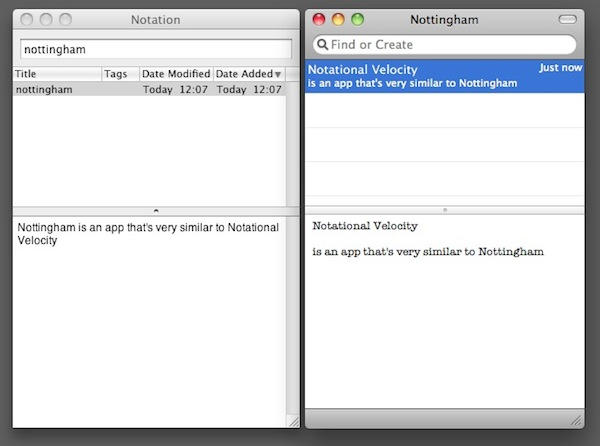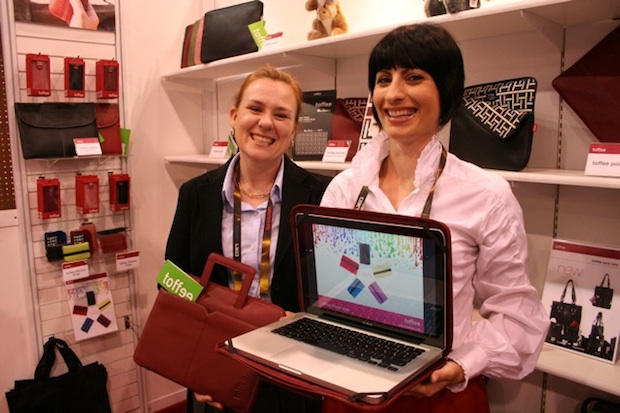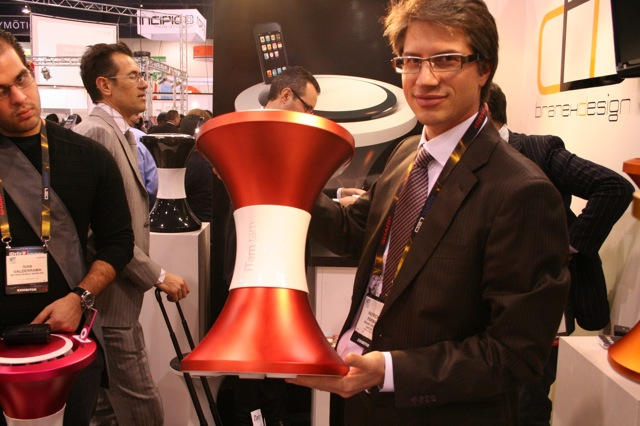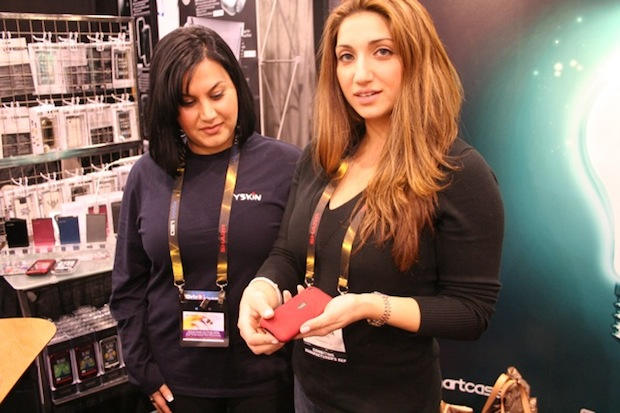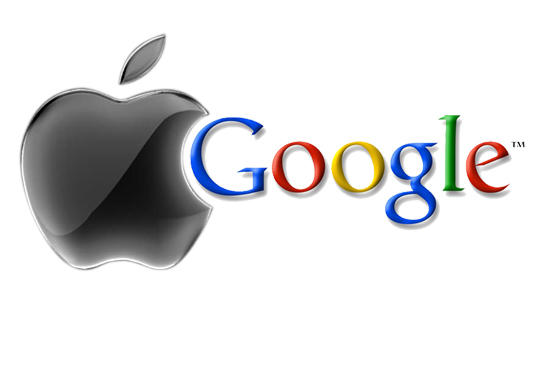Excepting only the iPhone platform, Apple’s never been serious about gaming on its computers, often lagging far behind not only PCs but their own hardware in programming support for the latest graphic technologies into its operating systems. Snow Leopard’s no exception: although the OpenGL 3.0 standard was unveiled in July of 2008, and although all Macs currently shipping have graphic cards which support it, Snow Leopard 10.6.2 implements only 15 of the 3.0 standard’s 23 extensions.
Thankfully, Apple appears to be serious about finalizing support for OpenGL 3.0 in the forthcoming Snow Leopard 10.6.3 update. According to a post at netkas.org, 22 of the 23 extensions are now supported in the latest developer build, which should improve the graphics performance of all current Mac computers.
Unfortunately, these are just extensions, with most of the specific OpenGL 3.0 functions still unsupported. And OpenGL 3.0 isn’t even the most recent standard: OpenGL 3.2 was released on August 3rd of 2009. Still, progress!


